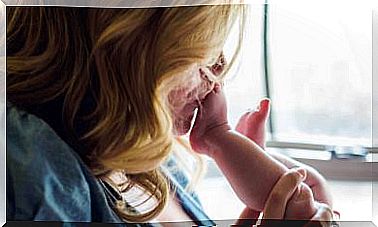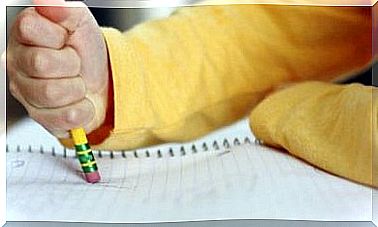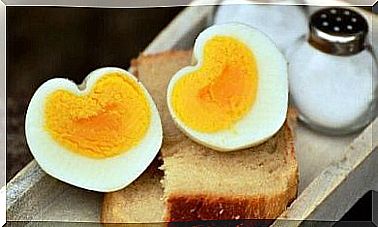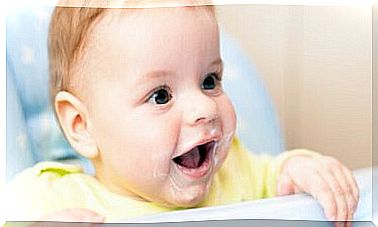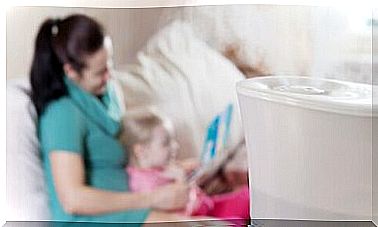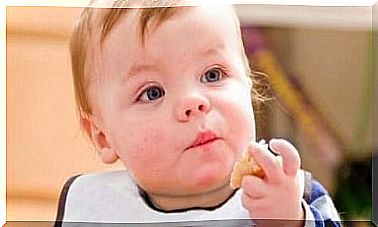How To Interpret The Colors Of Children’s Drawings? – Being Parents
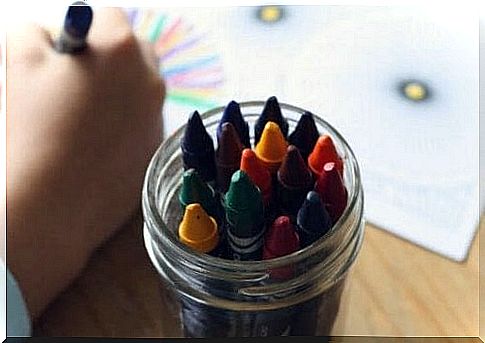
Do you know how to interpret the colors of your child’s drawings? Colors and emotions have been the subject of studies in several psychological disciplines for a long time. A person’s affinity or rejection of the use of certain colors is rooted in the emotional realm.
In this article, we’ll give you some clues to interpret colors and learn more about your child’s behavior and ideas.
Leaving aside the concepts and traditional iconology of what certain colors represent for a culture, identifying with a few hues can reveal psychic behaviors and predispositions.
It is not only the shapes, the intensity of the stroke and the history of the drawing that indicate what is going on in the minds of children. The choice of colors for the designs also speaks clearly and strongly about his emotional state.
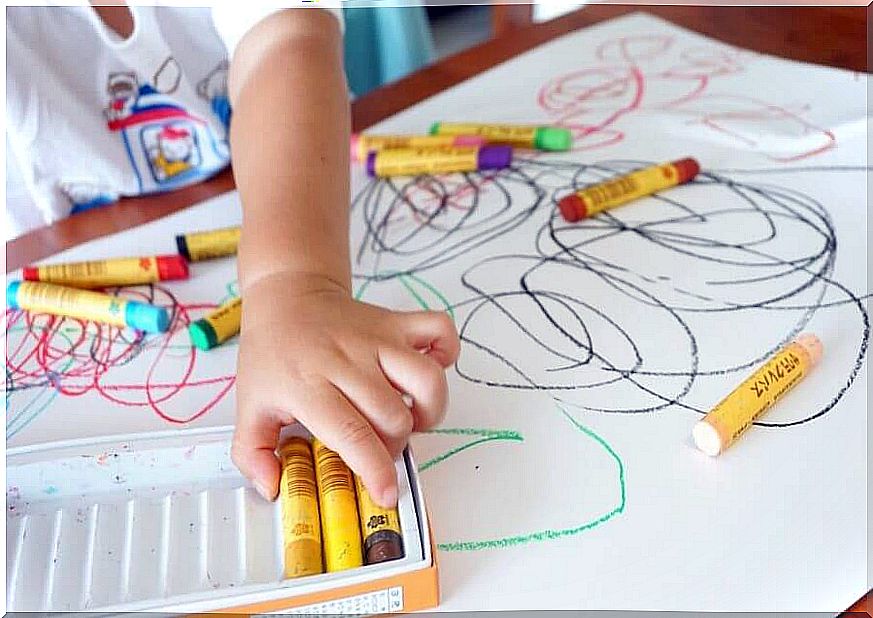
Interpreting colors: the most common in children’s drawings
Although there are some more recurring colors as they are present in all pencil sets, children tend to make combinations. Besides, it is good that you know that the mixtures of light and light colors announce a calm child and more connected to the emotions.
In addition, the choice of mixtures with intense colors usually evokes active and energetic children, with strong feelings, such as aggression.
Blue
It is a color associated with calm, well-being and relaxation. It is often the favorite color of the most peaceful and even shy children. It also awakens the sensitive and creative side in children.
It is believed that children who use blue also develop self-control at an earlier age.
Likewise, it happens that some children who often use this color suffer from a condition called bedwetting. It is a personality disorder of emotional origin.
The Red
Red is a color that attracts a lot of children’s attention due to its intensity. Its use can have two interpretations:
- If the child uses it a lot, it may describe a little hostile, with feelings of pent-up anger.
- But if the use is moderate, it can express vitality and energy.
Black
Contrary to what one might think, black is a color that is not related to negative or depressive feelings. Rather, it highlights children with good self-esteem and self-confidence.
To interpret this color, the specialist will also have to assess the intensity of the line. Indeed, if it is too marked, this may have other explanations.
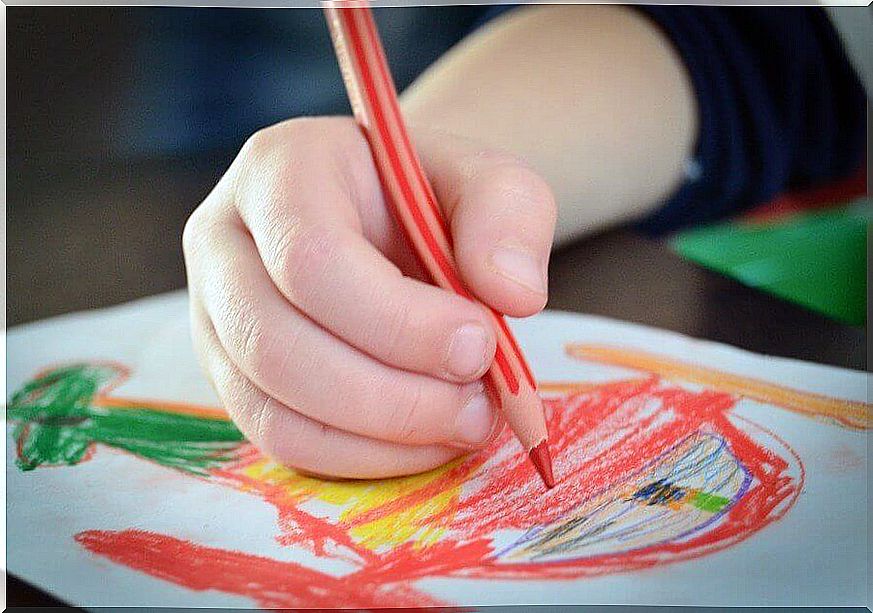
Brown
It is a color that is associated with responsibility. In this sense, when children choose it, they show diligence and prudence. On the other hand, its excessive use tends to express anxiety for daily activities.
Yellow
It is synonymous with energy, dynamism, joy and sociability. It is a color that speaks of a happy child who has all the goodness and qualities that come with childhood. However, its exclusive use when drawing can manifest difficulties with authority figures.
The green
The misuse of this color in the drawings may reflect laziness as well as a certain degree of shyness and inhibition in the child. On the other hand, the universal meanings of green are: hope, tranquility and the feeling of harmony.
Purple
The use of this color manifests a certain feeling of melancholy, dissatisfaction and restlessness in the child caused by a situation. Disproportionate use, as with yellow, indicates that the child is feeling stressed by some type of pressure.
Finally, be aware that these analyzes are subject to margins of error depending on the interpretation, use and mixing of colors.
In all cases, we advise you to carry out a more structured evaluation by a psychoanalyst in order to establish a correct and really conclusive diagnosis, in addition to interpreting the colors.
